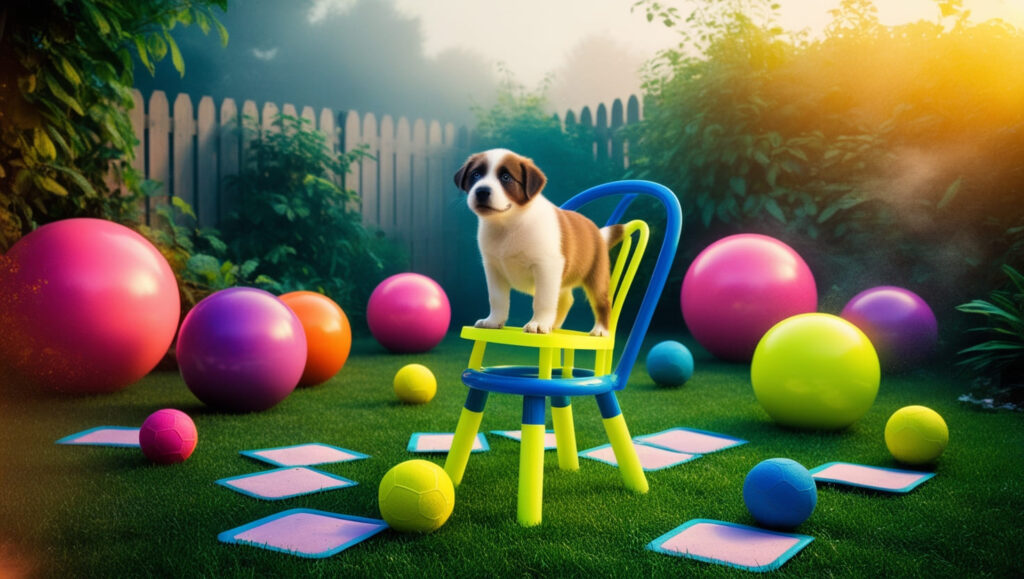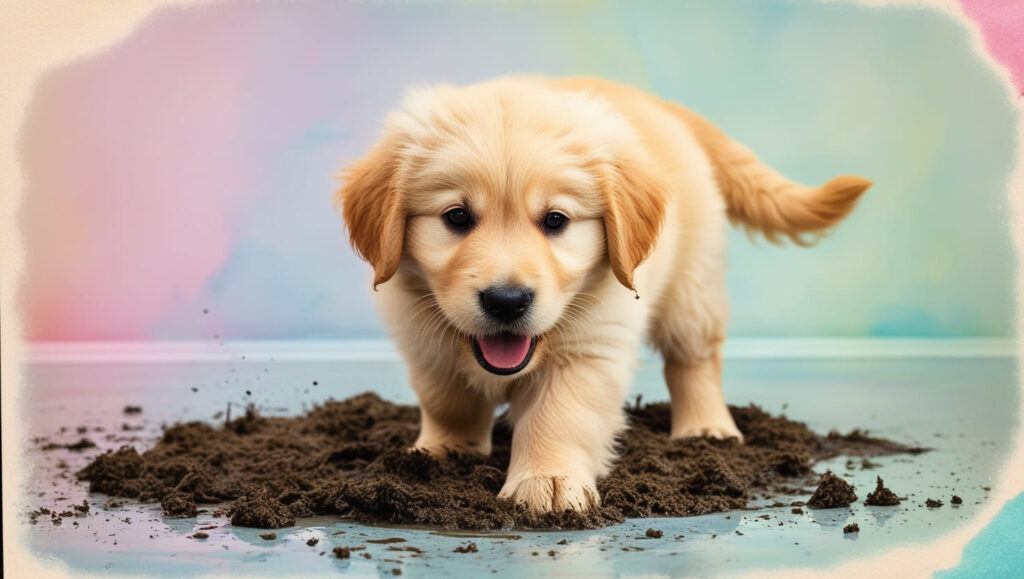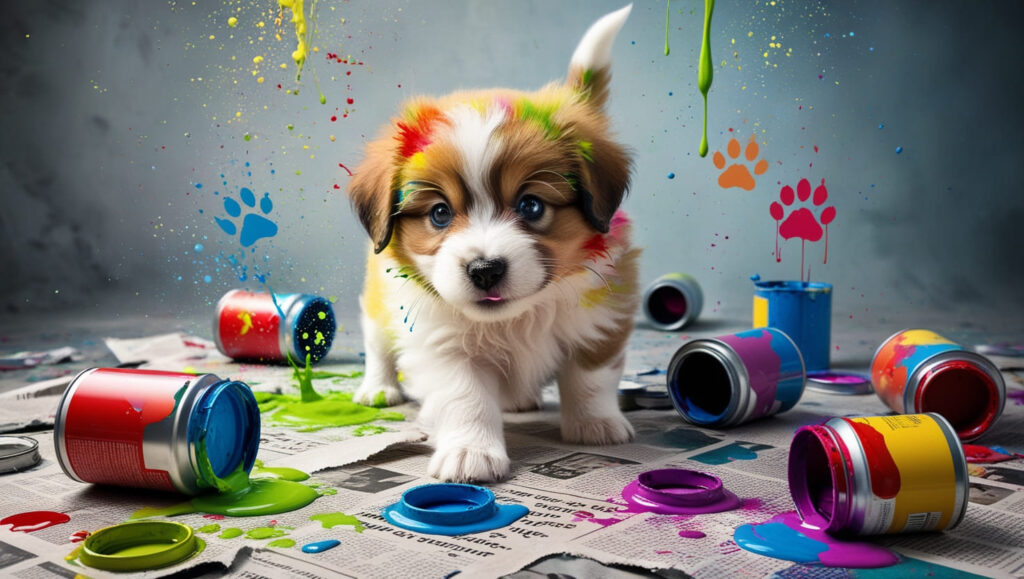10 Effective Potty Training Methods for Puppies: Ensure Success from Day One
Potty training your puppy can be a daunting task, but with the right methods, it can be a smooth and rewarding experience. This article will guide you through various effective techniques to ensure your puppy learns quickly and efficiently.
Potty training is one of the first and most crucial steps in raising a well-behaved puppy. It sets the foundation for good habits and a clean living environment. Understanding the importance of potty training will help you approach this task with the patience and persistence needed for success.
Understanding the Importance of Potty Training
Potty training is essential not only for maintaining a clean home but also for building a strong bond with your puppy. Proper training helps in establishing a routine, instilling discipline, and preventing future behavioral issues. It’s a critical aspect of your puppy’s early education that will benefit both of you for years to come.

1. Crate Training
Crate training is one of the most effective methods for potty training puppies. Dogs naturally avoid soiling their sleeping area, so a properly sized crate can help teach your puppy to hold their bladder. Ensure the crate is just big enough for your puppy to stand, turn around, and lie down comfortably.
2. Establish a Routine
Consistency is key in potty training. Set regular feeding times and take your puppy out for potty breaks at the same times every day. Puppies typically need to go out first thing in the morning, after meals, after naps, and before bedtime.
3. Use a Designated Spot
Take your puppy to the same spot every time they need to go potty. The familiar smell will help signal to your puppy that it’s the right place to relieve themselves. Over time, they’ll associate this spot with doing their business.
4. Positive Reinforcement
Reward your puppy immediately after they go potty outside. Use treats, praise, and affection to reinforce the desired behavior. Puppies respond well to positive reinforcement, and it helps them understand that they’ve done something good.
5. Watch for Signs
Learn to recognize the signs that your puppy needs to go potty. Common signs include sniffing around, circling, whining, or heading towards the door. When you see these signs, take your puppy outside right away.
6. Use Command Words
Introduce a command word or phrase like “go potty” or “do your business” every time you take your puppy outside. Eventually, your puppy will understand what you expect them to do when they hear the command.
7. Keep a Potty Log
Keeping a log of when your puppy eats, drinks, and goes potty can help you identify patterns and anticipate when they’ll need to go out. This can be especially helpful in the early stages of training.
8. Limit Water Intake at Night
To help your puppy hold their bladder overnight, limit their water intake a few hours before bedtime. Make sure they go out for a potty break right before you put them to bed.
9. Clean Up Accidents Thoroughly
Accidents will happen, but it’s important to clean them up thoroughly to remove any lingering odors. Use an enzymatic cleaner designed for pet messes to eliminate the smell, which will help prevent your puppy from returning to the same spot.
10. Be Patient and Consistent
Potty training takes time and patience. Stick to your routine, be consistent with your training methods, and avoid scolding your puppy for accidents. Positive reinforcement and patience are key to successful potty training.
Common Mistakes to Avoid

Inconsistency and Punishment
Inconsistency in training and resorting to punishment can hinder your puppy’s progress. Stick to a routine, and always use positive reinforcement. Avoid scolding your puppy, as it can lead to anxiety and setbacks in training.
Health Considerations In Potty Training Methods for Puppies
Rule Out Medical Issues
If your puppy is having difficulty with potty training, consider consulting a veterinarian to rule out any underlying medical issues. Conditions like urinary tract infections or digestive problems can affect their ability to control their bladder and bowels.
Night-Time Training
Ensuring Success Overnight
Night-time potty training can be challenging. Limit your puppy’s water intake before bedtime and take them out for a potty break right before going to bed. Be prepared for midnight potty trips, gradually reducing them as your puppy learns to hold it longer.
Travel Training
Training on the Go
Traveling with your puppy requires additional training. Bring familiar items like training pads and follow their regular potty schedule as closely as possible. Make frequent stops during long trips to allow them to relieve themselves.
Adapting to New Homes
Transitioning to Different Spaces
Moving to a new home can disrupt your puppy’s training. Re-establish the potty routine as soon as possible in the new environment. Show them the designated potty areas and be patient as they adjust to the new surroundings.
Monitoring Progress In Potty Training Methods for Puppies

Keeping a Potty Training Diary
Keeping a diary of your puppy’s potty habits can help track their progress and identify patterns. Note the times they go, accidents, and any changes in behavior. This information can be useful in adjusting their training routine.
Seeking Professional Help
When to Consult a Trainer
If you’re struggling with potty training despite your best efforts, it may be time to consult a professional trainer. They can provide personalized guidance and strategies to address specific challenges you and your puppy are facing.
FAQs About Potty Training Methods for Puppies
Final Thoughts
Potty training your puppy requires patience, consistency, and positive reinforcement. By following these ten effective methods, you’ll help your puppy learn the appropriate place to go potty and develop good habits for life. Remember, every puppy is different, so it’s important to be flexible and adjust your approach as needed.
All images in this post were created using AI in Leonardo AI. See more beautiful images of pets at AI Pawsome Art.